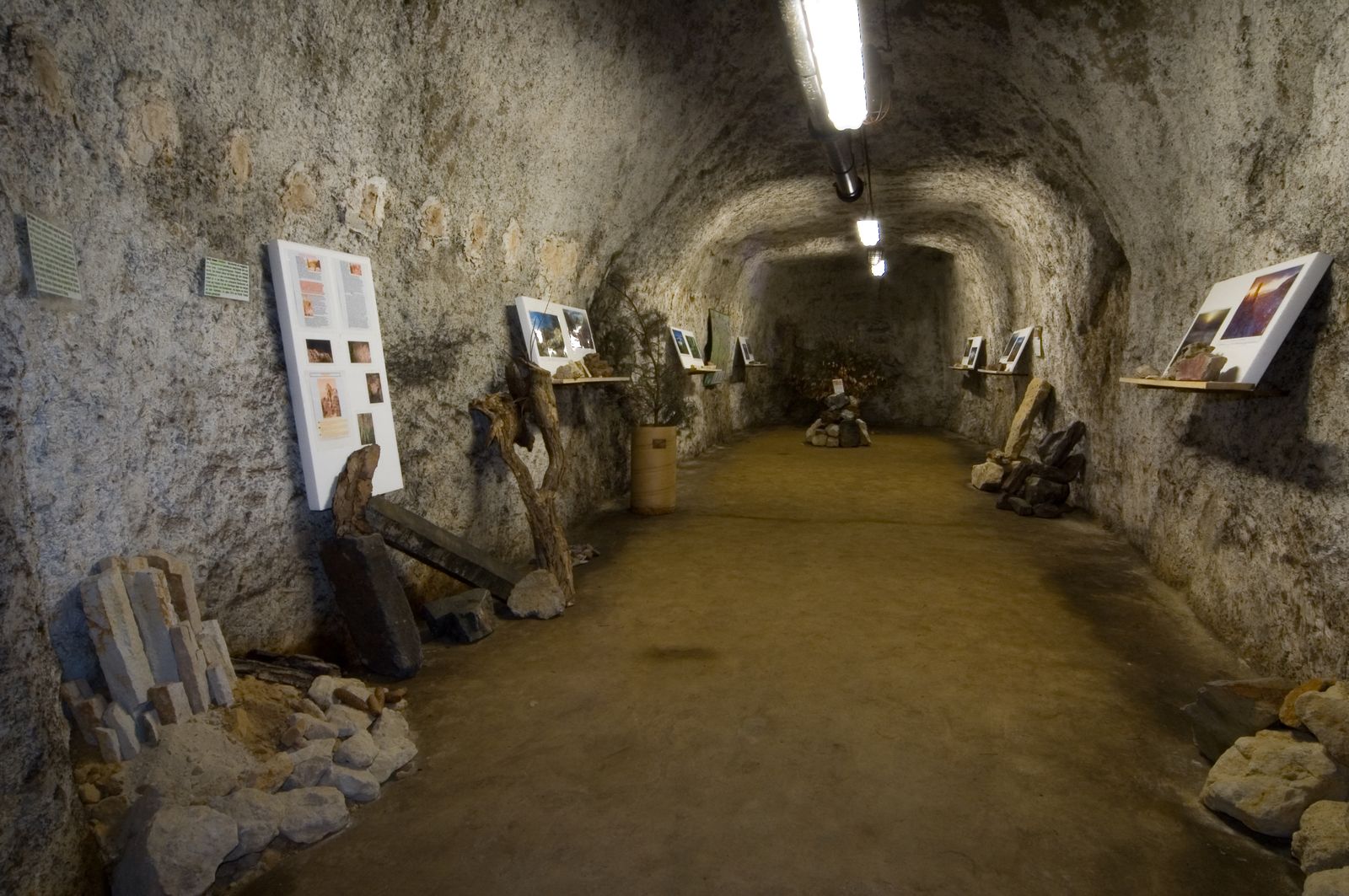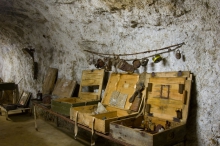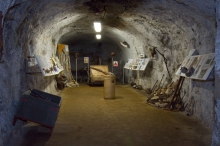The name Rabštejn was given to the rocky formation resembling a raven by the local German inhabitants of the village (raven in German is Rabe).
In the middle of the 19th century the rock was used as building material for the cotton spinning mills that sprung up in this area.
The exhibition located in one of the underground systems describes the history of the Rabštejn Valley. The labyrinths of the underground passages are 4,500 m long. The galleries were made by concentration camp prisoners towards the end of the Second World War in 1944-1945. The WFG Bremen company established a factory there to make parts for Junkers and Messerschmidt aircrafts and also for the FA 223 helicopters. During the construction of the underground factory several dozen prisoners of the Rabštejn concentration camp passed away.
Delve into the history of Rabštejn right here!




































